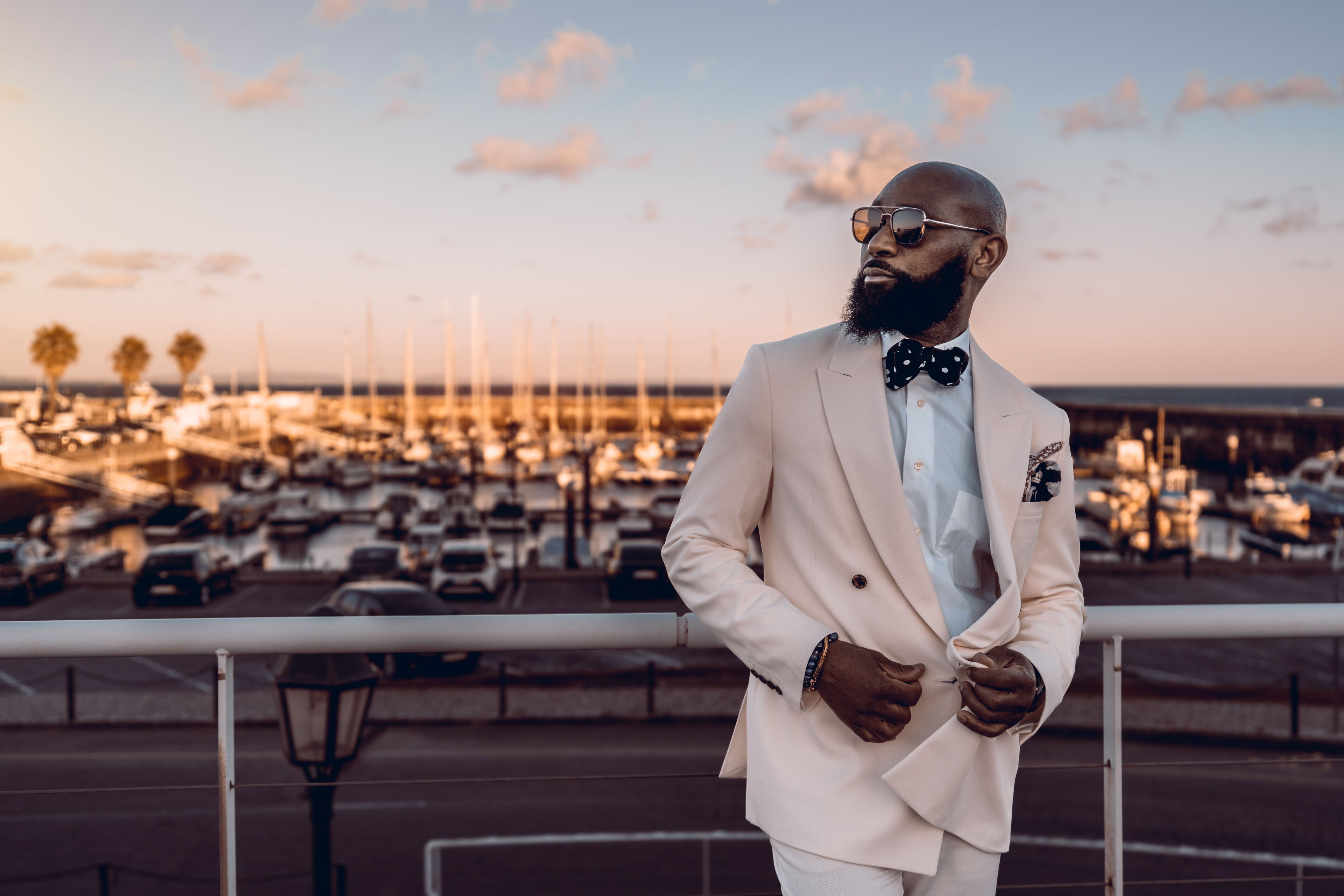The phrases "Everything old is new again" and "Some people never learn from their mistakes" appear to apply equally to the retail industry, which might be about to make a serious fashion faux pas.
CNBC reports that a number of retailers are bringing back merchandise prominently featuring their logos. Where once that style brought in big bucks for retailers like Abercrombie & Fitch (ANF +6.63%), American Eagle Outfitters, and Coach, it nearly caused their ruin when they failed to recognize tastes had changed, and consumers had moved on to merchandise that didn't make them into walking billboards for brands. Some retailers, like Aeropostale, Pacific Sunwear, and Quicksilver, were never able to pull out of the tailspins that failure to pivot put them in, and ended up filing for bankruptcy.
But now, some retailers think the time is right to start emblazoning their logos prominently on their goods again. If they take it too far, as they did before, they could witness a collapse of their recoveries.

Image source: Coach.
Pulling on the thread
Coach parent Tapestry (NYSE: TPR) is perhaps the retailer that most exemplifies these shifting fashion tides. At their peak, Coach's logo products reached 70% penetration of its retail sales globally and about 60% in its North America outlet stores, but when changing consumer preferences sent sales into a two-year slide, Coach stepped hard on the brakes and reduced their impact in 2015 to just 5% of sales at full-price stores and 30% at its outlets.
That meant Coach was caught short last year by the apparent return of demand for its logo merchandise, with high-end department stores such as Bon Marche and Saks Fifth Avenue clamoring for more double-C products.
There's a bit of irony here. The limited availability of Coach logo products is part of what's spawning the new demand. Consumers apparently want what they can't have, and Coach is trying to give it to them; CNBC says analysts estimate about 20% of Coach outlet floor space is now dedicated to logo product.
Coach CEO and Brand President Josh Schulman says it is "part of global movement in luxury brands toward a higher penetration of logo product."
He's apparently correct: CNBC found that other luxury brands, including LVMH, Gucci, and Calvin Klein, are all succumbing to the siren of their logos' appeal.
Familiarity breeds contempt
The risk, of course, comes in managing a brand's ubiquity, especially at the upper tier, because a retailer can quickly lose its cachet, leading well-heeled consumers to reject it. Tiffany found that out a number of years ago after it introduced silver bracelets that every mall rat could afford, damaging its image as a jewelry store of exclusivity. Its sales suffered as a result.

Image source: Abercrombie & Fitch.
More pedestrian brands like Abercrombie & Fitch, which only until recently seemed poised to fall into the abyss, need take more caution.
During its third-quarter earnings conference call, CEO Fran Horowitz highlighted that its logo segment's strength was actually driven by men's shorts and fleece, but the retailer really needs to tread lightly there because it has largely abandoned selling to the teens who provided the bulk of its sales a few years back. Now it's targeting adults in their 20s, who might not be the best target for logo-emblazoned clothes. Although its Q3 sales were improved, the Abercrombie brand's comparable-sales numbers continue to fall.
Few other brands report similar demand for logo products. Indeed, one of the companies that arguably has the greatest reliance on logoed gear, Nike (NKE 1.50%), continues to struggle. Its North American sales fell 5% while segment profits tumbled 14%.
Similarly, Under Armour (UA 0.36%)(UAA 0.95%) is in a major slump, and hopes that by splashing its logo all over the Winter Olympics in South Korea, it will regenerate sales. That may not work.
There's definitely a case to be made that a certain portion of a retailer's product line can be emblazoned with its logo, but it's likely a nuanced one. Selling a purse with a clasp featuring Coach's double-C logo is much different than convincing 20-somethings to walk around in shirts that are basically ANF sandwich boards.
Retailers that conflate the one with the other and get suckered into the trap of running with logos across their product lines may find themselves in a bad way once again.










